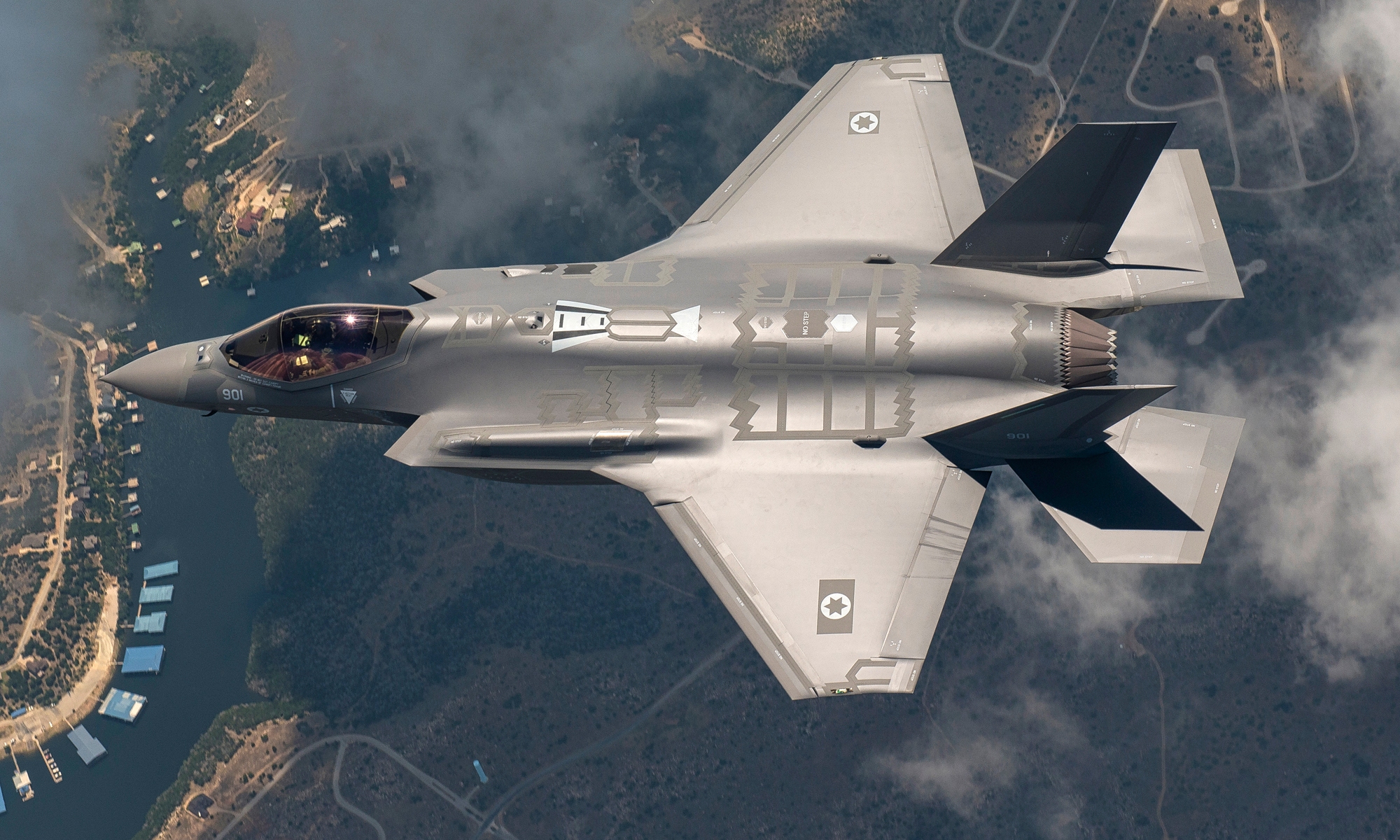In this news digest by Defencyclopedia, we bring you the most recent and relevant happenings in the world of defense. Each report will have our analysis and opinion about it. Special maps have been incorporated with the news in order to help the geographically-challenged, get their bearings on the world map.
ASIA

Another Russian Navy jet crashes in the Mediterranean

The Russian Navy is on a hattrick! Having lost a MiG-29KR last just a week ago due to problems with the arrestor wires which prevented it from landing, they lost a Su-33K to a similar problem. The arrestor wires snapped on touchdown, which sent the fighter plunging offboard, with the pilot luckily ejecting. This is quite surprising as naval aviators are trained for similar scenarios, which is the reason they accelerate the jet soon after a successful ‘trap’ so that they can take off in case the wire snaps.

This procedure seems to have been ignored or the wire snapped at the very last moment after the pilot confidently stopped accelerating. Either way, this is a major blow for the Russian navy, which wanted to make a statement and show off its capabilities with this combat deployment. Everything seems to have backfired as they are now relegated to using many of their carrier-borne fighters from their air force base in Latakia. The handful of Su-33Ks and MiG-29KRs have been photographed at the air base, from where they have been operating along with air force jets. Though flight ops continue from the Kuznetsov, it failed to grab the spotlight in the way it intended and will now operate silently.

Indian Navy frigate …falls down 


“It slipped and fell”, that’s probably what the poor guy in charge of the dockyard would have probably reported to his superiors. In a major embarrassment to one of the most powerful navies in the world, their frontline warship INS Betwa, a Brahmaputra-class guided missile frigate tipped over in drydock due to the failure of the dock block mechanism which holds it upright. Such an incident can be classified as catastrophic negligence as it has resulted in extensive damage to a frontline warship. The Indian Navy is confident that the ship can be made upright, repaired and brought back into service within a few years and have sought the assistance of international experts to salvage their warship. A few companies have already responded and will present detailed proposals on how they will go about uprighting the ship after performing a thorough inspection of the submerged part of the ship.

Luckily, all sensitive electronics, radars, missiles and other equipment had been removed from the ship earlier itself, as it was to spend quite some time in refit. Sadly 2 sailors who were on board lost their lives and 15 others managed to escape. The Brahmaputra class frigates are a class of 3 indigenously designed and built frigates which are equipped with advanced radars, Uran anti-ship missiles, Barak-1 surface to air missiles, torpedoes and 2 hangars for ASW helicopters. The INS Betwa is just 12 years old at present, and salvaging it makes sense even if it will be expensive as the ship has over 20 years of service life left.
Indian Army orders 36 Pinaka MLRS units
As a part of the extensive modernization of their equipment, the Indian Army will receive 36 Pinaka Multiple Launch Rocket Systems. They will replace the BM-21 Grad rocket launchers in their arsenal. The indigenously designed and built 214 mm MLRS are mounted on an 8×8 truck and can fire a salvo of 12 rockets at a distance of 40 km (Mk1) or 70 km (Mk2). A future variant with 120 km range and GPS guidance is under development.

These rocket launchers will be more useful than conventional shell artillery in short, intense conflicts, where a massive amount of firepower in a short duration can knock the adversary off their hinges. Each rocket can have a customized warhead depending on the target it is to be used against. The 36 launchers will be divided into 2 artillery regiments of 18 launchers each, with each regiment containing 3 batteries of 6 launchers. The Indian army plans to induct over 22 regiments by 2025.
Israel to receive F-35I this week 


The Israeli Air Force (IAF) will have the unique distinction of being the only operator of stealth fighters in the Middle East (barring Turkey in the near future), with the delivery of its first 2 jets. The customized, Israel-specific ‘I’ models, called Adir, will give them a massive advantage over their neighbours in this perpetual war-torn neighbourhood. These jets will have Israeli software and hardware to suit the requirements of the IAF. Israel is expected to sync these jets with its Python and Derby air-air missiles and Spice series of GPS-guided glide bombs. In combat, the stealthy F-35s can spearhead an attack,paving way for further attacks by the non-stealthy F-16s and F-15s.

The advanced stealth fighters will be based at Nevatim air force base in the Negev desert, where special hangars and underground facilities have been constructed for them. Israeli pilots have received training in high-tech simulators in the US and will be eager to try out the actual jets. A total of 50 ‘A’ model aircraft have been ordered and it is expected to go up to 75 in the future.

NORTH AMERICA

USMC Hornet crashes off Japan 


In a tragic incident, an F/A-18 Hornet of the US Marine Corps has crashed off the coast of Japan. The aircraft belonged to the Okinawa-based 1st Marine Aircraft Wing. The pilot managed to eject and rescue work is underway in the region, but the chances look bleak as he hasn’t been found till now. The fact that 8 F/A-18 Hornets have crashed in less than a year definitely raises eyebrows regarding their safety due to aging airframes and an increased workload on the fleet. This comes at a time when the US Navy and Marine Corps is facing a shortage of fighter aircraft and has less than adequate numbers for training and operational deployments. A possible solution could be ordering additional Super Hornets to make up for this shortage of numbers and give the aging Hornets a much-needed reprieve.
Breaking:Search/Rescue effort ongoing for Marine pilot who ejected from F/A-18 today 120 miles southeast of Iwakuni, Japan. Keep in prayers. pic.twitter.com/vSxP5MbMYP
— III MEF Marines (@IIIMEF) December 7, 2016
EUROPE

Royal Navy to get 2 River-class patrol vessels 


The Royal Navy’s patrolling capabilities will get a boost with the induction of new offshore patrol vessels. 3 River-class batch 2 OPVs were ordered earlier and the recent order of 2 more for £287m brings the total to 5 ships for £635m. This is a tad bit expensive for a warship with limited capabilities intended for patrol duties only. The names of the last 2 River-class batch 2 OPVs have been announced as HMS Tamar and Spey. The ships have a Scanter 2D search radar and 30 mm cannon as their main sensor and armament. The presence of a large flight deck capable of accommodating the large Merlin helicopter will allow it to carry out SAR and humanitarian missions with efficiency. However, the absence of a hangar means that the helicopter will be rarely embarked on board. These ships are essential for a numerically declining Royal Navy to maintain a presence in their areas of interest, conduct anti-piracy and anti-smuggling missions without having to spare a frontline frigate for such constabulary duties.

Poland to acquire 6 anti-aircraft gun batteries 


The Polish state-run company PGZ has received an order for 6 batteries of PSR-A Pilica, to be supplied to the Polish Army. Poland is performing a large-scale modernization of its short-range air defenses and 20 billion zlotych have been allotted to do the same. The present deal worth 750 million zlotych (US $180 million) will include multiple guns per battery along with truck mounted search radars for early warning. Each unit of Pilica consists of a twin-barrelled 23 mm AA gun, 2 short range IR guided missiles and an IR/Optical tracker. The operator has to manually operate the gun from his seat as can be seen in the picture below. Multiple guns are interlinked for effective low-altitude air-defense.

NH90 SeaLion for the German Navy performs its maiden flight 


The replacement for the German Navy’s SeaKing fleet, the SeaLion, performed its first flight at the Airbus Helicopters facility in Donauwörth. These modified NH-90s have customized sensors, communications and an advanced body made out of composite materials and deliveries will commence in 2019. Germany will acquire 18 of these high-tech helicopters, which will strangely not be used for ASW or surface warfare duties as they will not be fitted with missiles and torpedoes. Instead, they will solely be used for search and rescue, support operations and special forces insertion missions. This is part of Germany’s secret ambition of deploying a blue-water coast guard navy, which will operate advanced ships and helicopters incapable of serious combat. I’m sure they plan to dial 911 if they find themselves in a serious situation.
Enjoyed reading this article ? Rate it ! And Download our android app today!



Another good article and news but man everyone is having airplane trouble now. Marine and Canadian F-18’s crashing, Russian jets crashing, what else at this point?
Although I look forward to what the Israelis will do to the F35 and see how their experiences will stack up to the Americans. 🙂
LikeLike
Don’t really understand the whining about hte SeaLion Helicopter. The decision on the ASW helicopter replacement will be made in 2017. For now we also need new SaR Helicopters. Germany has to provide this capability for parts of the north and baltic sea.
LikeLike
Nice round up of defense news.
LikeLike
“Blue Water Coast Guard”
LikeLike